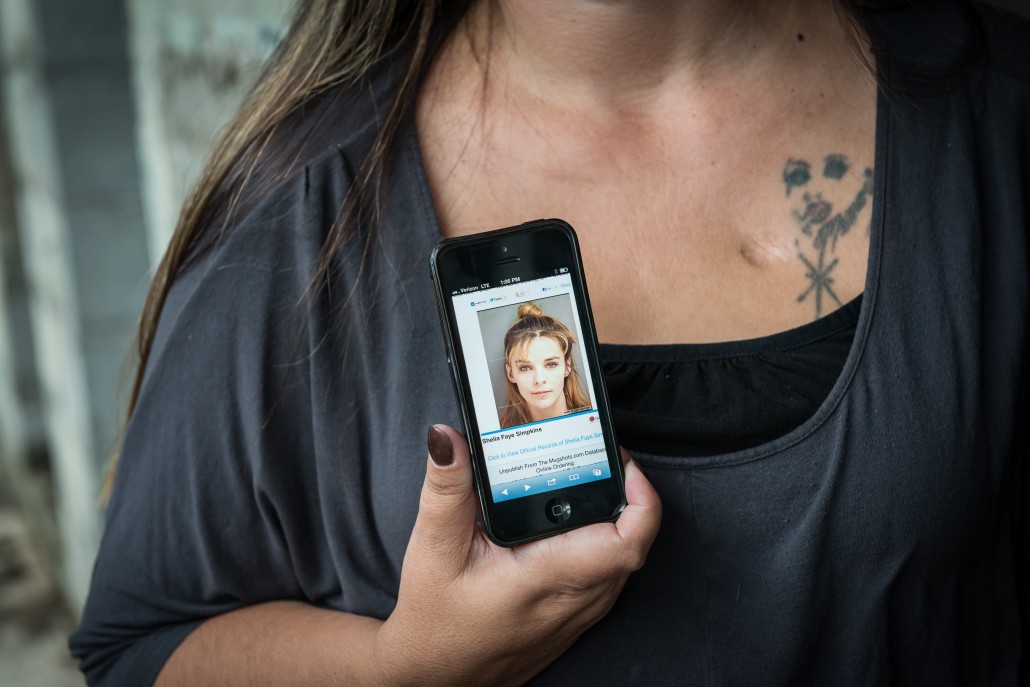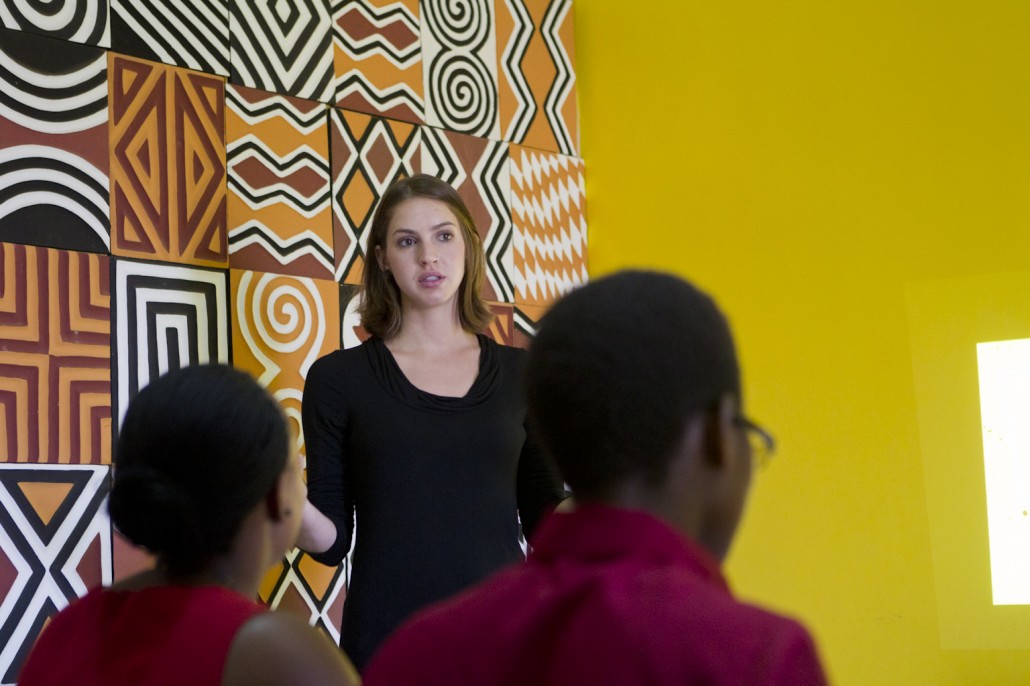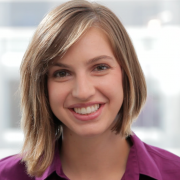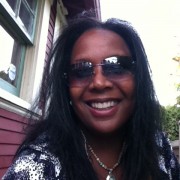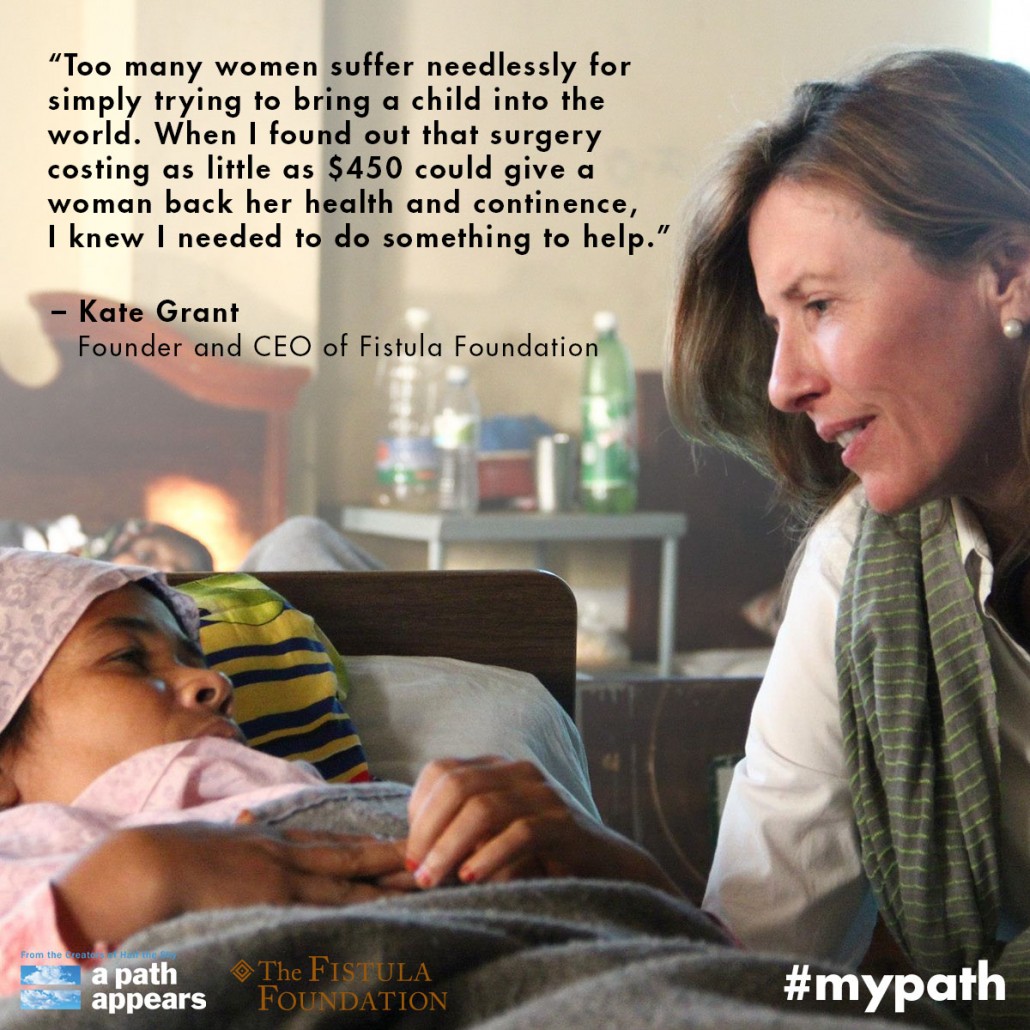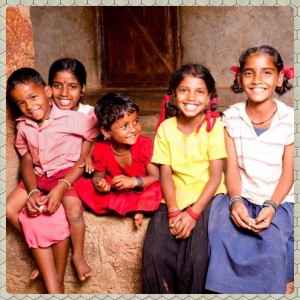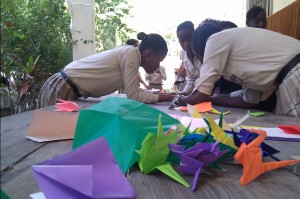“Sex Trafficking in the U.S.A.”: Keep Shining a Light
The end of the film
On January 26, 2015, episode one of A Path Appears, “Sex Trafficking in the U.S.A.” aired on screens across the nation. The story began and ended for viewers around the world in under two hours; however, the harsh reality of sex trafficking continues — to this day — to affect victims across the nation.
The story
The National Human Trafficking Resource Center received 3,093 reports of sex trafficking in 2015 alone. Over 90 percent of the cases reported were of women, and 35 percent were children. Globally, the International Labour Organization estimates that 4.5 million individuals are forced into sexual exploitation each year. Ninety-eight percent of these individuals are women, and 20 percent are children.
In the United States, prostitution is distinguished from sex trafficking in that prostitution does not involve external force or coercion. Under this definition, approximately 47,598 individuals were arrested for prostitution in 2014. However, studies have found that nearly 80 percent of women charged with prostitution are coerced or forced into sexual exploitation. Women engaged in sex work typically enter the industry when they are 12 to 16-years-old.
Thistle Farms has found that, on average, residents and graduates first experience sexual abuse between the ages of 7-11 and first use drugs or alcohol as a coping mechanism as early as age 13. These women spend an average of 10 years on the street before finding freedom. All of Thistle Farms’ residents and graduates have survived rape and/or sexual abuse. For the majority of women, sex work is not a choice. It is one piece of an aggressive cycle that often includes abuse, drug addiction, homelessness, and selling one’s body out of desperation.
Changing the story
At Thistle Farms, we continue to break this cycle by providing housing, physical and emotional healing, and employment to survivors of sex trafficking and prostitution in Nashville, TN. As a result, the stories of survivors change. Eighty-four percent of residents at Thistle Farms graduate the two-year residential program clean and sober; since 2005, 62 percent of graduates of the residential program have remained in stable housing, are working, and are sober. In 2015, alone, residents and graduates employed at Thistle Farms social enterprises earned a combined total of $825,000 in income.
Why show the film?
The challenge to the viewer, and to each of us, is to not let the story end once the film is over. Keep showing the film, because if you do it will change a life. When A Path Appears premiered on January 26th, Thistle Farms’ website welcomed 6,934 visitors in one day, attracting over 3,470 new Facebook fans and garnering record online product sales. As a result, it was a monumental day and an incredible year for the residents and graduates at Thistle Farms: Anika purchased her first home; Kristin drove her children to school for the first time; Lori relished her first glimpse of the ocean; and Jovita spoke in front of a crowd of hundreds.
These survivor-leaders’ stories are changing because of you. The cycle is being broken, and women at Thistle Farms are finding freedom.
Get involved and become a Social Good Ambassador today! And find out how you can get a grant to screen A Path Appears on your campus: showofforce.com/ambassador-screening-grants.

